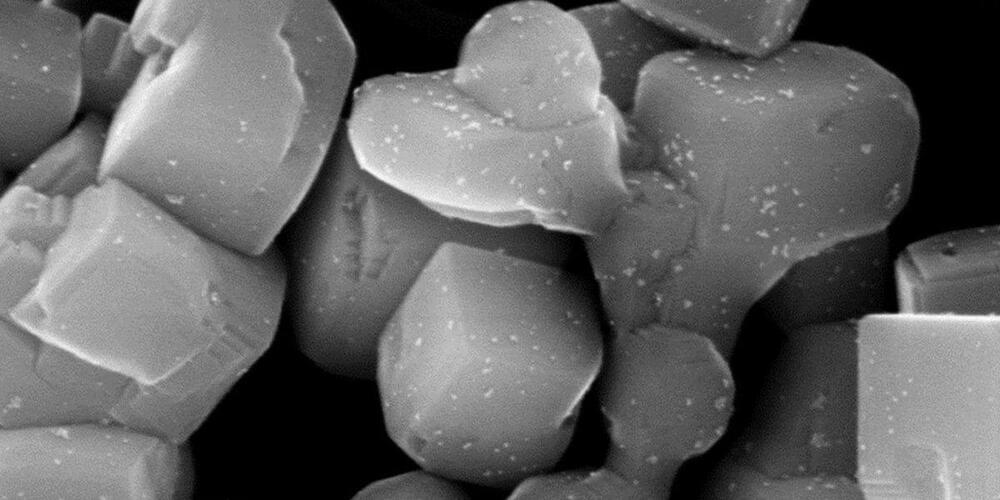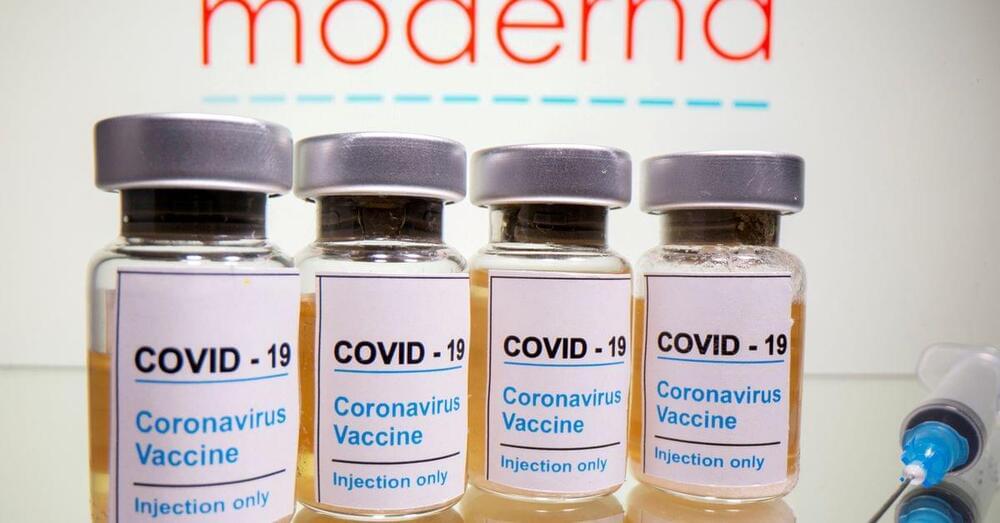We could modify plants to grow in a day with the genetic dna mechanisms we find in bamboo.
Bamboo plant.


Circa 2004
Electric fertilizer, i. e. exerting electric field on plants during growing season instead of chemical fertilizer, is a kind of physical fertilizer, and the third kind of fertilizer with developmental prospect after inorganic fertilizer and organic fertilizer. For the purpose of studying the changes of physical and chemical properties of soil after exerting electric field, five treatments with different applications of chemical fertilizer were arranged on the black soil in Yushu City of Jilin Province by randomized block method, and electric field was exerted on plants every ten days during the growing season. Through sample analysis the paper arrives at following conclusions: 1) Exerting electric field can make soil’s granular structure increase, bulk density decrease, moisture capacity increase, thus improving the perviousness of soil.

Circa 2009
The researchers expect to have a working prototype of the product in four years. “We are just at the beginning of this project,” Wang said. “During the first two years, our primary focus will be on the sensor systems. Integrating enzyme logic onto electrodes that can read biomarker inputs from the body will be one of our first major challenges.”
“Achieving the goal of the program is estimated to take nearly a decade,” Chrisey said.
Developing an effective interface between complex physiological processes and wearable devices could have a broader impact, Wang said. If the researchers are successful, they could pave the way for “autonomous, individual, on-demand medical care, which is the goal of the new field of personalized medicine,” he added.


‘’Baykar says the Akinci, Turkish for “raider,” can attack targets in the air and on the ground, and operate alongside fighter jets, flying higher and staying in the air longer than Turkey’s existing pilotless planes. The drones will carry a range of missiles developed by Turkey’s Roketsan.’’

Hospitals in U.S. South Run Low on Oxygen Amid Covid, Storm.


Proteins can communicate through DNA, conducting a long-distance dialogue that serves as a kind of genetic “switch,” according to Weizmann Institute of Science researchers. They found that the binding of proteins to one site of a DNA molecule can physically affect another binding site at a distant location, and that this “peer effect” activates certain genes. This effect had previously been observed in artificial systems, but the Weizmann study is the first to show it takes place in the DNA of living organisms.
A team headed by Dr. Hagen Hofmann of the Chemical and Structural Biology Department made this discovery while studying a peculiar phenomenon in the soil bacteria Bacillus subtilis. A small minority of these bacteria demonstrate a unique skill: an ability to enrich their genomes by taking up bacterial gene segments scattered in the soil around them. This ability depends on a protein called ComK, a transcription factor, which binds to the DNA to activate the genes that make the scavenging possible. However, it was unknown how exactly this activation works.

TOKYO, Aug 28 (Reuters) — Two people died after receiving Moderna Inc (MRNA.O) COVID-19 vaccine shots that were among lots later suspended following the discovery of contaminants, Japan’s health ministry said on Saturday.
The men in their 30s died this month within days of receiving their second Moderna doses, the ministry said in a release. Each had a shot from one of three manufacturing lots suspended on Thursday. The causes of death are being investigated.
A month after New Shepard’s first flight carrying people into space, a science flight without crew onboard has launched from Blue Origin’s facility near Van Horn, Texas. The flight, the fourth of the year for the New Shepard program, was originally scheduled for August 25 2021, but was delayed due to a payload integration issue.
New Shepard flight NS-17 lifted off on Thursday, August 26 at 09:31 CDT local time (14:31 UTC) — after two unplanned holds — on a suborbital trajectory with an apogee over 100 kilometers, the boundary to space as recognized by the Federation Aeronautique Internationale.
The launch trajectory, therefore, also passed the 80-kilometer mark, which is the altitude recognized by the FAA (Federal Aviation Administration), NASA, and the United States Air Force as a boundary beyond which astronaut wings are granted and space begins.

A floating nuclear power plant is a site with one or more nuclear reactors, located on a platform at sea.
It is an autonomous site that can provide electricity and heat to areas with difficult access, such as the cold Northern territories. It can also provide drinking water to dry areas, via desalination techniques.